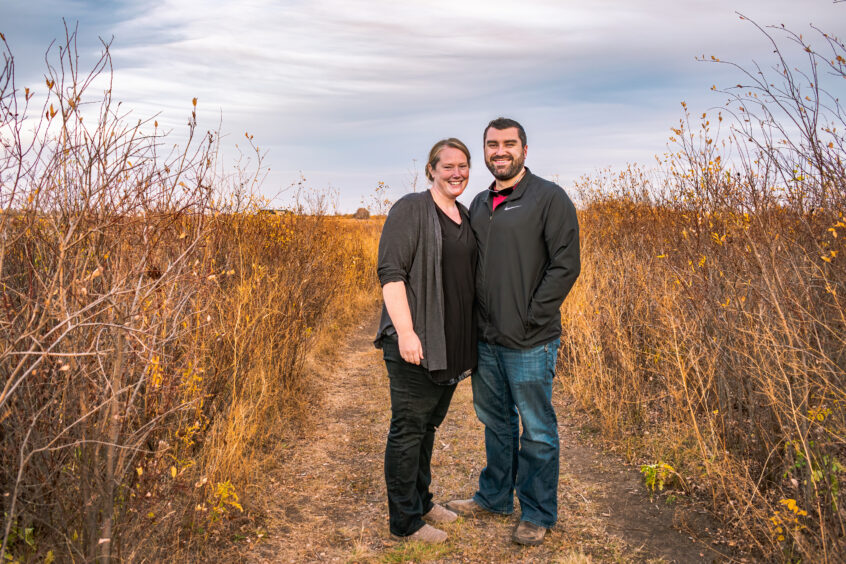The following article was published on September 17th in the Regina Leader-Post and the Saskatoon Star Phoenix. Draining wetlands and turning over grasslands for crop … Read More
Restoring 71 – A Prairie in Transition
In 2014, we bought a little patch of prairie. After a century of growing crops and hay, this 71-acre prairie was no longer pristine. It was not untouched. This prairie was not a native grassland, it was not a cropland, and it was not a hay land. This prairie was in transition.
Long Term Gain: Investing in the Protection of Saskatchewan Wildlife in Today’s Political Environment
Our Saskatchewan species are suffering as a result of instability. This instability isn’t just caused by factors related to the environment or the human footprint; a lack of consistent engagement in wildlife protection initiatives significantly impacts progress. We must hold ourselves and our governments – our leaders – accountable for advocating and implementing effective strategies so conservation progress can endure.
Mormon Metalmark (Prairie Population)
The Mormon Metalmark is a small butterfly that is found in two distinct populations in Canada, one in British Columbia and the other in Saskatchewan. They are listed as Special Concern under COSEWIC.
Black-footed Ferret
The Black-footed ferret was announced extirpated from Canada in 1978, then re-examined and confirmed in 2000. Their extirpation is due to the decline of prairie dog populations, their main source of prey.
Burrowing Owl
Burrowing owls are long-legged, round, little owls that hunt during the day and night, and hide-out in underground burrows when they’re not searching for prey. Their ability to live in underground burrows sets them apart from all other species of owls.
Eastern Yellow-bellied Racer
As their name suggests, Eastern Yellow-bellied Racers are the fastest snake in Canada. They are also good climbers that are often spotted basking in shrubs. These snakes are non-venomous and harmless to humans. These snakes are found in Saskatchewan’s grasslands and are listed as threatened.
Greater Short-Horned Lizard
The Greater Short-horned lizard is the most northerly occurring iguanid lizard species in the world, with its northern limits reaching southern Alberta and Saskatchewan. It is the only lizard species found in these provinces.
Mountain Plover
Contrary to what their name suggests, mountain plovers are endemic to the Great Plains of North America and do not inhabit mountain environments or frequent shores like other species of plovers. They are rare in Canada, and listed as endangered under SARA.
Black-tailed Prairie Dog
While they may be regarded as a pest to farmers and grazing managers, Black-tailed Prairie Dogs are a keystone species of the prairies, providing habitat and food for many other grassland animals. They are listed as threatened under COSEWIC and Saskatchewan is the only place they are found within Canada.
- Page 1 of 2
- 1
- 2









